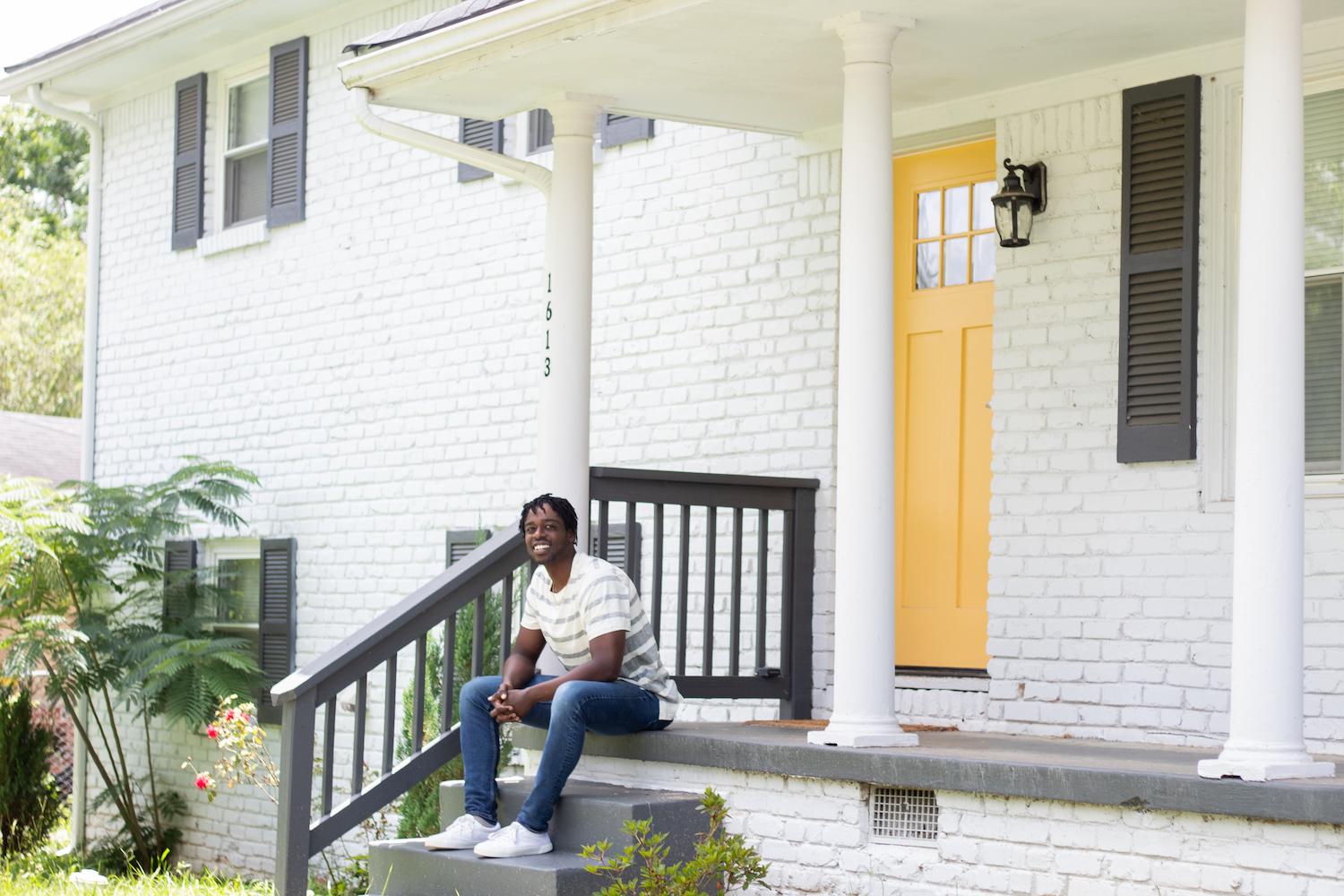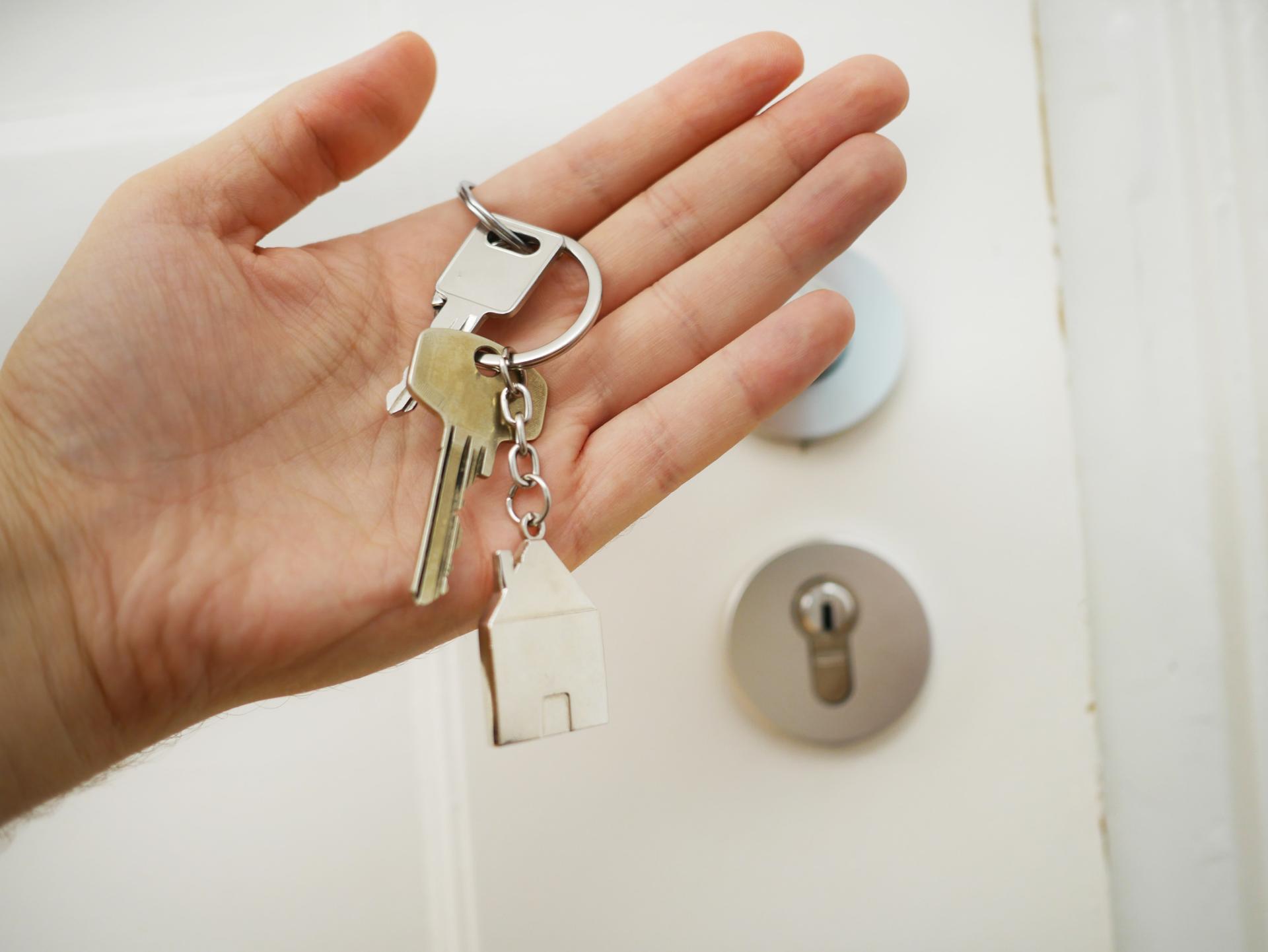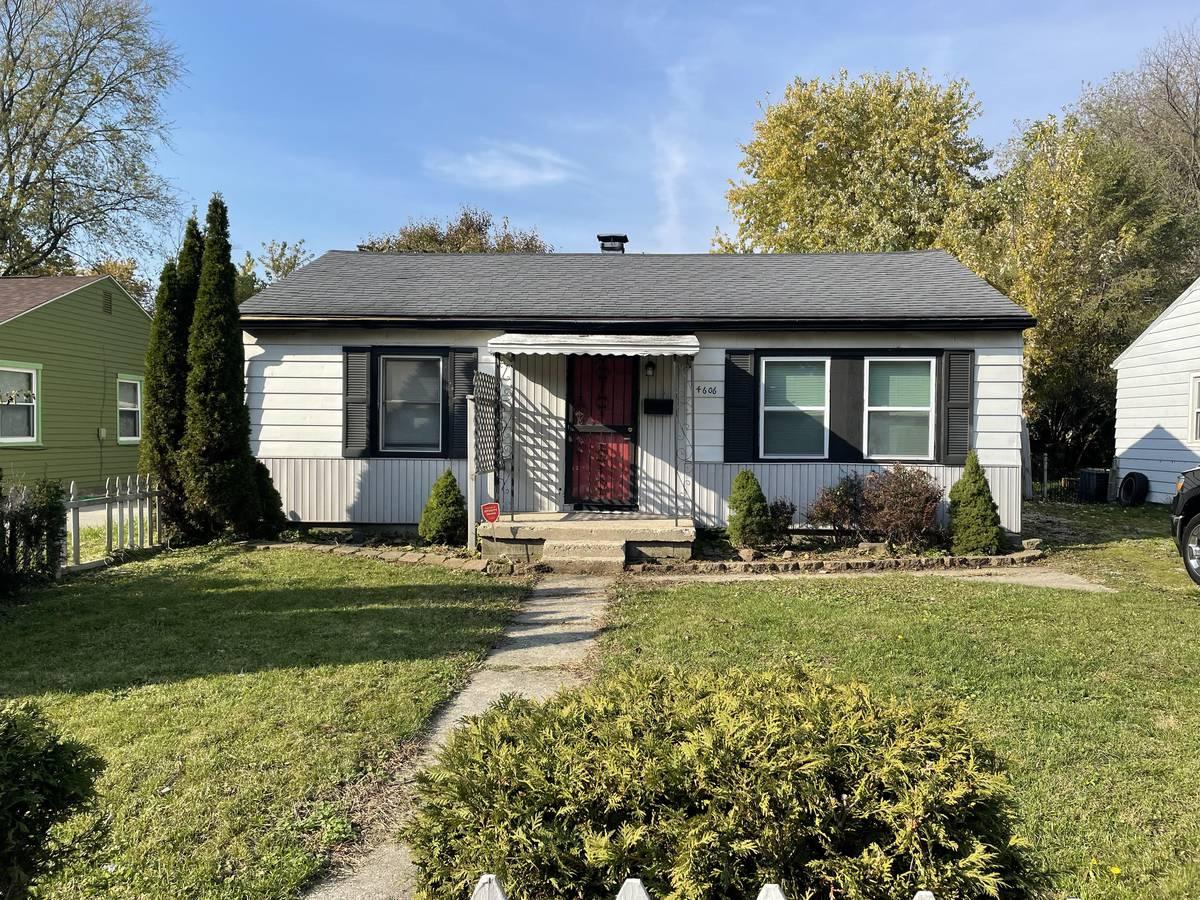Converting a property into a coliving rental can be a game-changer for your real estate portfolio. Whether you’re a first-time investor, an Airbnb host looking to pivot, or a landlord seeking better cash flow with less hassle, shared housing offers compelling income potential when done right.
At PadSplit, we’ve helped thousands of property owners transform underutilized homes into profitable coliving investments. But we’ve also witnessed preventable mistakes that can derail promising opportunities and cost investors tens of thousands of dollars.
U.S. coliving market overview
The U.S. coliving market reached a valuation of $5.25 billion to $15 billion in 2024, with projections indicating steady expansion at a compound annual growth rate of 6.75% to 7.3%. This trajectory positions the market to reach approximately $27 billion by 2033. The sector’s growth stems from persistent housing affordability issues, continued urban migration patterns, and evolving lifestyle preferences, particularly among younger demographics who prioritize flexibility and community-oriented living arrangements.
Why property owners are pivoting away from Airbnb
Property owners are increasingly seeking alternatives to Airbnb due to mounting regulatory pressures, market saturation, and operational challenges that have eroded profitability. Cities worldwide have implemented stricter short-term rental regulations, including licensing requirements, occupancy limits, and outright bans in residential areas, making compliance costly and complex.
The platform’s oversaturation has intensified competition, driving down nightly rates while Airbnb’s host fees continue to rise, squeezing profit margins. Additionally, the high-maintenance nature of short-term rentals—characterized by constant guest turnover, frequent cleaning, property management, and the risk of property damage—has proven exhausting for many hosts.
The unpredictable income streams, seasonal fluctuations, and the growing consumer backlash against short-term rentals in residential neighborhoods have prompted property owners to explore more stable, long-term investment strategies like coliving, which offers consistent monthly revenue, lower operational overhead, and better community relations.
1. Homeowners associations (HOAs)
This is the number one deal-breaker. Properties in HOA-governed communities can pose enormous risks to coliving operators. Many HOAs have strict occupancy or rental restrictions—and even if they don’t now, they can change their rules at any time. We’ve seen situations where neighbors report homes, leading to costly liens or legal challenges. Stick with non-HOA areas where you have more operational freedom.
Risk: Fines, evictions, or liens
Many HOAs restrict rental types or occupancy limits. Even if a home is compliant today, rules can change.
2. Limited parking availability
In coliving homes, each member may have their own vehicle. If street parking is tight or the driveway only fits one car, that’s a problem. Cities may also impose parking requirements for higher occupancy homes. Look for properties with at least 3–4 parking spaces and minimal neighborhood parking enforcement.
Risk: Low occupancy and code violations
If there aren’t enough spaces for residents, you may be limited in how many rooms you can lease, cutting your income. Some municipalities require one space per bedroom, and a lack of compliance could delay operations or lead to enforcement action.
3. Lack of curb appeal
First impressions matter. Even if your renters aren’t luxury buyers, a home that looks neglected from the outside can attract the wrong attention or deter applicants. Avoid properties with boarded windows, damaged siding, or overgrown lawns. A clean, well-maintained exterior sets the tone for a respectful coliving environment.
Risk: Lower tenant demand, longer vacancy periods
A neglected exterior leads to poor first impressions and can attract neighborhood complaints. Even a small improvement project could cost $3,000–$7,000 to bring things up to standard.
4. Too small for shared living
A coliving home should offer enough square footage for comfort and privacy. We recommend at least 1,700 square feet, so there’s room for individual bedrooms and communal areas. Avoid homes where you’d be forced to create 8×10 rooms—they’re too small for long-term comfort and could hurt your occupancy and retention.
Risk: Unlivable room sizes, poor retention
Cramped homes often require creating 8×10 rooms or cutting corners on shared space. Residents won’t stay, and your turnover costs will soar. Tiny rooms can result in lower rental rates or regulatory issues.
5. Septic tank systems
Homes on septic systems often can’t handle the increased usage that comes with coliving. You risk system failure, expensive repairs, or local health code violations. Always prioritize homes on municipal sewer systems that can handle higher occupancy.
Risk: Overflows, repairs, or denial of coliving permit
Septic systems aren’t built for 5–8+ people. Overuse can lead to backups, failed inspections, and replacement costs exceeding $10,000. Many jurisdictions will deny permits for high-occupancy septic homes.
6. Older homes with outdated infrastructure
Watch out for homes with cast-iron plumbing, knob-and-tube wiring, or over 50 years of deferred maintenance. These issues can lead to constant repairs, expensive upgrades, and major headaches for coliving operators. While vintage charm has its place, avoid properties where the bones of the house are a liability.
Risk: Frequent repairs and high capital expenses
Homes with cast iron plumbing, aging electrical systems, or 50+ years of deferred maintenance will nickel-and-dime you. One unexpected repair—like sewer line replacement—can cost $15,000–$20,000+.
7. Unsafe or undesirable areas
Even if the home is a bargain, location matters. Properties in high-crime areas or poorly lit neighborhoods can deter renters and lead to higher turnover or safety concerns. Check crime maps, walk the neighborhood, and avoid any area where you’d feel uncomfortable at night.
Risk: Low demand, tenant safety issues, city scrutiny
High-crime neighborhoods lead to lower retention and higher vacancy. Worse, you could experience theft, vandalism, or city intervention if your home becomes a nuisance.
8. Unusual layouts
Converted garages without insulation, odd-shaped additions, or DIY renovations can make homes hard to lease. Tenants want functional space with privacy, natural light, and clean layouts. Avoid homes that have confusing floor plans or rooms that feel like afterthoughts.
Risk: Hard-to-rent rooms, wasted space
Odd floor plans can lead to awkward, unusable bedrooms or inadequate shared areas. It may cost $5,000–$12,000 just to reconfigure walls, permits, and egress.
9. Inefficient heating and cooling
A broken or poorly designed HVAC system can quickly become a dealbreaker. In shared housing, consistent temperature control in each bedroom is a must. Avoid properties with outdated window units or homes with only one thermostat controlling the entire house. Multi-zone climate control is ideal.
Risk: High utility bills, hot/cold disputes, bad reviews
A single thermostat doesn’t cut it in shared housing. Members in small rooms over garages or attics often freeze or sweat, and they’ll move out fast. Upgrading to zone systems can run $3,000–$10,000 per floor.
10. Tiny bedrooms
Your members want personal space. Rooms that are too small—especially anything under 100 sq ft—often result in low demand and quick turnover. Aim for standard-sized bedrooms that can comfortably fit a full-size bed, a small dresser, and a desk. The more livable the room, the better your occupancy and revenue.
Risk: Low retention, limited rent potential
An 8×10 room barely fits a bed and dresser. Members want livable space they can personalize. Small rooms may sit empty or command far less rent than the market average.
What to look for instead: Coliving gold mines
While avoiding red flags, keep an eye out for these value-add features:
- Basements: Perfect for additional bedrooms, storage, or recreational space
- Florida rooms/sunrooms: Can often be converted to bedrooms or expanded living areas
- Attached garages: Excellent conversion potential for bedrooms, bathrooms, or common areas
- Multiple bathrooms: Reduces morning rush conflicts
- Open floor plans: Better for communal living and socializing
Your action plan: Smart property selection
Before making an offer:
- Run the numbers using our cash flow calculator to ensure profitability
- Check local regulations regarding occupancy limits and coliving operations
- Inspect thoroughly with an experienced contractor familiar with multi-tenant properties
- Research the neighborhood for crime, parking, and neighbor attitudes toward rentals
- Review all HOA documents if applicable (or better yet, avoid HOAs entirely)
A plan for long-term success
Not every property is a good fit for coliving, and that’s okay. By steering clear of these 10 pitfalls, you’ll save yourself costly renovations, compliance headaches, and leasing issues down the line.
Instead, focus on finding homes that are spacious, structurally sound, easy to park at, and located in stable, regulation-friendly neighborhoods. A little due diligence upfront can set you up for years of successful, stress-free shared housing operations.
Ready to start your PadSplit journey? Talk to the PadSplit team to find the perfect property or convert one you already own.


